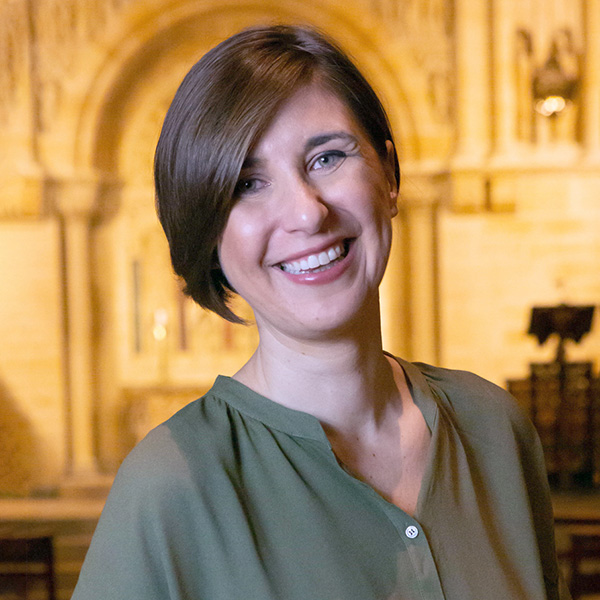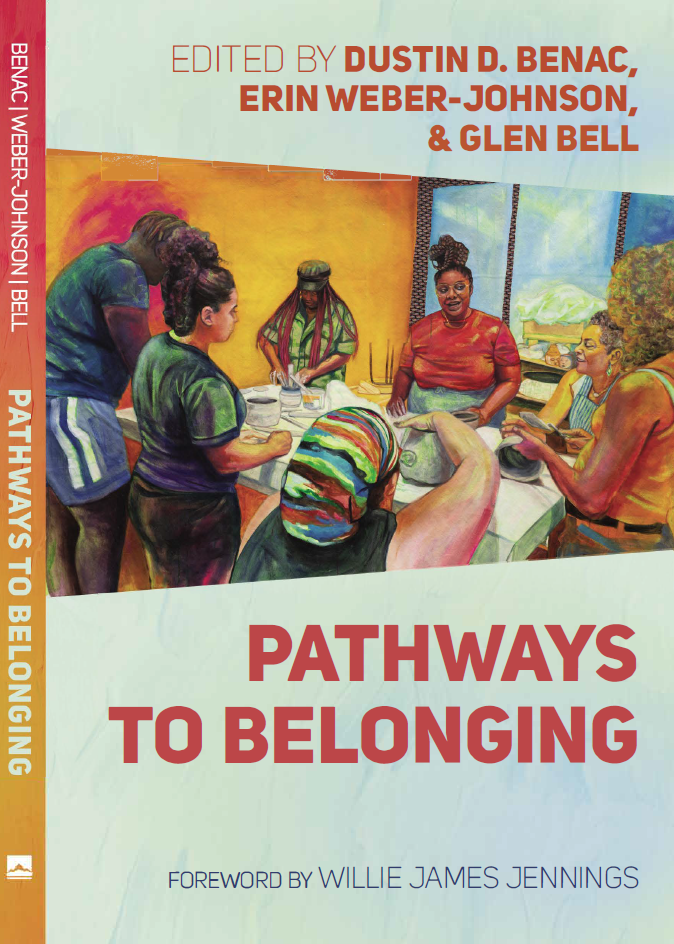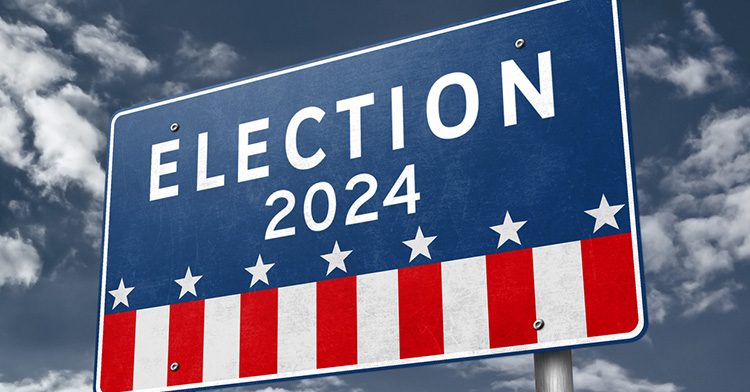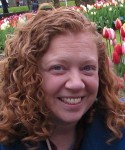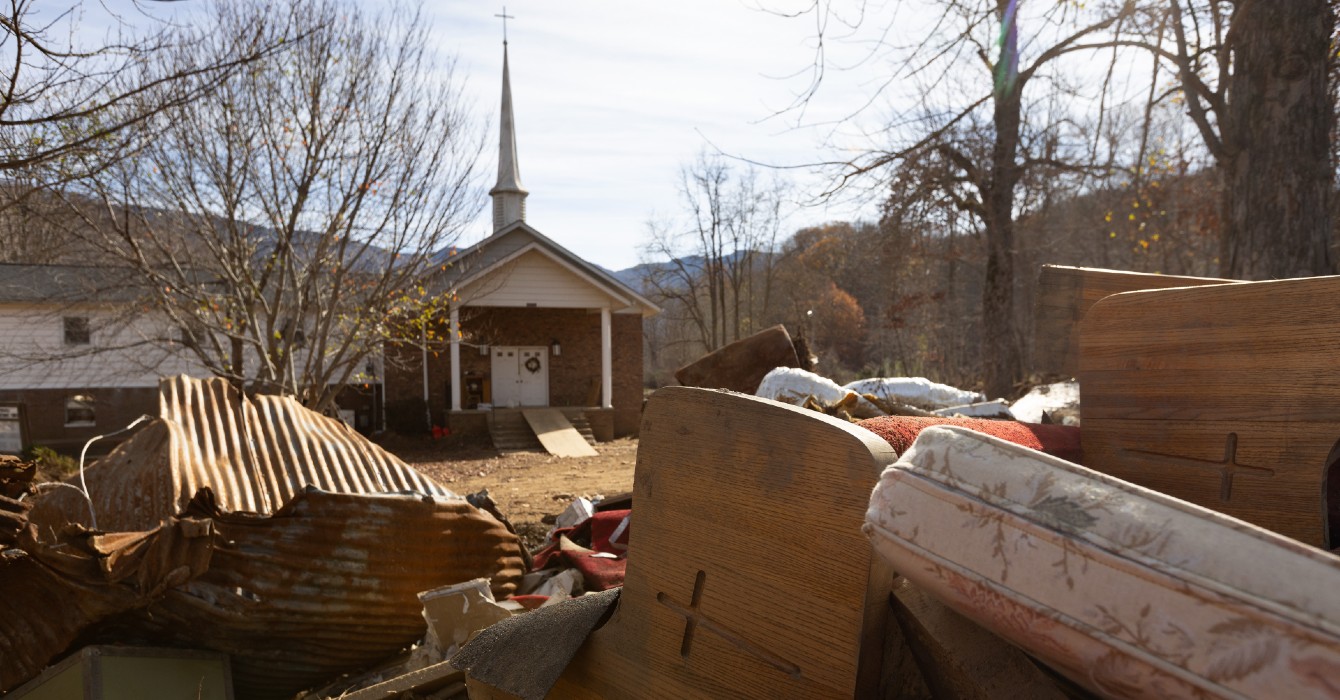A few years ago, Dustin Benac, Glen Bell and I were discussing our shared concern for the people and communities we love and the ways we experienced multiple, intersecting crises that were leading to frayed and fragmented relationships. It felt like a crisis of belonging, and we sought ways to meet this crisis with care, imagination and hard-won hope in book form. Together we imagined how to bear witness to the promise and peril of Christian belonging.
However, in writing a book about belonging, we quickly realized that the work could not be done by only three voices. Rather, it required a particular type of diversity that is embodied through the gifts that come with economic, cultural, racial, gender and institutional differences. We couldn’t simply talk about the work; we needed to be about the work of fostering belonging itself.
As we began discussing the need for what would become “Pathways to Belonging,” I was challenged to consider the definition of belonging. In particular, how we could foster modern understanding of belonging while unpacking destructive constructs.
The concept of belonging, originating in the 1400s, was first related to objects, not people. For example, this cup belongs on that shelf. Because there is a human impulse to treat bodies as objects, we can recall with painful clarity our history of creating and clinging to systems of enslavement that reduced people to possessions.
Liberation from evil structures that sought to commodify bodies impacted the definition of belonging in a profound way. While human bodies are no longer regarded as property, belonging continues to include how bodies are situated in relation to one another and in their community. It informs the ways people are taught to consider their own worth in the process of belonging.
This laid the groundwork for the very questions we longed to know. Is life possible when it seems that systems and structures exist to smother it? What are the facets that make belonging possible? Is there space for a life-giving call to belonging when the shifting economies only heighten competition?
As the book’s coeditors, Dustin, Glen and I learned from almost two dozen contributors in different fields, experiences and contexts that there are significant takeaways for our collective work and life together. Like a musical fugue, chapters add nuance and layers, intersecting at various points while moving in parallel, not divergent, directions at other times.
What their contextually centered meditations reveal is a complex understanding; the parts of belonging are known through our own embodiment. We need the diversity of experience to grasp the totality and complexity of our shared longing and understanding of belonging.
Below are a few examples of what we learned through our collaboration:
With crisis after crisis taking place, why should anyone care about belonging? Because belonging is a matter of life or death.
Recent medical studies provide evidence of the harmful impacts on bodies of societal disconnection, diasporic conditions, personal exile. Belonging is the air we breathe; it is the very oxygen that fills our lungs. We do not exist apart from one another. A healthy sense of belonging provides structure where individuals and communities are able to imagine what’s possible, take chances, and give life to the next generation.
In the midst of deconstruction of many traditional structures of belonging, the work of imagination and hope points to a new way to be with and for one another.
The meditations in “Pathways to Belonging” are offered in this prophetic tradition: They seek to offer life-giving words to a world when the outcome is unknown. They seek to provide a local witness that puts back together the scattered pieces of our lives and communities.
Amid the contemporary crisis of belonging and our individual and collective need for belonging, we think that there is a pathway to release and reclaim the air we breathe. Both in the volume and in our work together, we do this by recognizing its variables: ancestors, identity, risk, practices, barriers and rupture, and creation.
The interconnectedness of ancestors and practices of hope is not easy, and the outcomes may not be seen in our lifetime.
Recently, I heard a speaker articulate that some family genealogies are found in Bibles or demonstrated by family crests. And for some, genealogies must be found in receipts. As we collectively liberate the work of belonging and create new definitions for this crucial practice, we are fueled by a hope passed down by our ancestors for the generations that will follow.
Willie James Jennings writes, in the book’s foreword, “The task, therefore, is not simply to form belonging but to enter the new possibilities of a belonging that would remake the world.”
We invite you, in this moment of interlocking crises, to share in this work of redefining and fostering belonging.
List of Contributors:
Willie James Jennings, Mihee Kim-Kort, Craig Lemming, Andrew Pomerville, Eve Poole, Patrick Reyes, Armand Léon Van Ommen, Kevin J. Villegas, Krysia Waldock, Erin Weber-Johnson, Amos Yong, Janelle Lindsay Adams, Eric Barreto, Glen Bell, Dustin Benac, Walter Brueggemann, Hannah Coe, Chris Dela Cruz, Michael Dando, B. Hunter Farrell, Jennifer Awes Freeman, De’Amon Harges, and Zen Hess.

